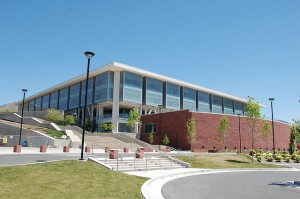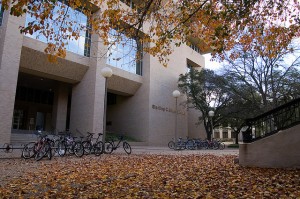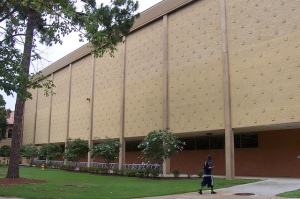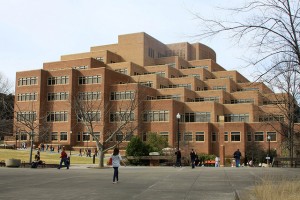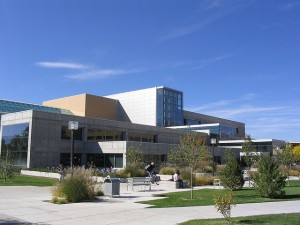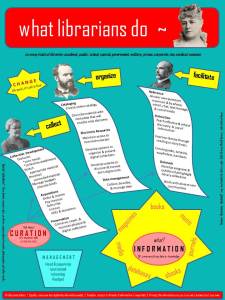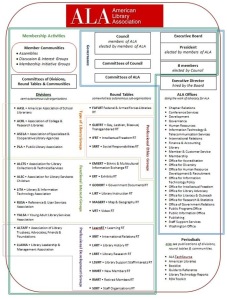It’s pretty well documented that ALA materially participated in the structural oppression and discrimination against African American library patrons or potential patrons AND African American librarians. (See suggested readings below.) It is, therefore, reasonable that the organization participate in a process of reparations and reconciliation. These are just some of my ideas about what those reparations might include.
- Form a commission that would make recommendations about how to pursue ideas of reconciliation and reparation.
- Create a scholarship fund to substantially fund LIS education for people of color, and create a foundation board to manage the fund. I’m thinking on a large scale… ALL people of color who want to pursue an LIS graduate degree. Publishers and other library vendors should be asked to substantially support the fund.
- Require that all ALA accredited MLIS programs recruit and provide financial aid to people of color at a rate of at least 30% of all their admissions.
- For people of color who are new graduates of MLIS programs offer cost-free membership to ALA for their first 10 years after completion of the degree.
- For people of color who are new graduates of MLIS programs offer cost-free attendance at ALA Annual and Midwinter Conferences for 10 years after completion of the degree (funded by the scholarship foundation).
- Create teaching materials about the benefits of reparations to the practice of library and information science.
- Create a clearinghouse of information about the damaging effects of slavery, segregation, discrimination, and racism, including bibliographies, teaching materials, speakers bureau, and book discussion guides for all reading levels and educational objectives.
Suggested readings:
Battles, David M. The History of Public Library Access for African Americans in the South, or, Leaving behind the Plow. Lanham, Md.: Scarecrow Press, 2009.
Du Mont, Rosemary Ruhig. “Race in American Librarianship: Attitudes of the Library Profession.” The Journal of Library History (1974-1987) 21, no. 3 (1986): 488–509.
Gleason, Eliza Valeria Atkins. The Southern Negro and the Public Library: A Study of the Government and Administration of Public Library Service to Negroes in the South. Chicago, Ill.: University of Chicago Press, 1941. http://www.libsci.sc.edu/histories/southernnegropubliclibrary/.
Graham, Patterson Toby. A Right to Read: Segregation and Civil Rights in Alabama’s Public Libraries, 1900-1965. Tuscaloosa: University of Alabama Press, 2002.
Harris, Steven R. “Civil Rights and the Louisiana Library Association: Stumbling toward Integration.” Libraries & Culture 38, no. 4 (2003): 322–50.
Harris, Steven R. “Battle Cry: The American Library Association and Its Southern Chapters during the Civil Rights Movement,” July 20, 2017. https://doi.org/10.31229/osf.io/hp2kf. (A substantially altered version of this article will be published soon.)
Josey, E. J., ed. The Black Librarian in America. Metuchen, N.J: Scarecrow Press, 1970.
Josey, E. J., and Marva L. DeLoach, eds. Handbook of Black Librarianship. 2nd ed. Lanham, Md: Scarecrow Press, 2000.
Knott, Cheryl. Not Free, Not for All: Public Libraries in the Age of Jim Crow. Amherst: University of Massachusetts Press, 2015.
Neely, Teresa Y, and Khafre K Abif. In Our Own Voices: The Changing Face of Librarianship. Lanham, Md.: Scarecrow Press, 2003.
Peterson, Lorna. “Alternative Perspectives in Library and Information Science: Issues of Race.” Journal of Education for Library and Information Science 37, no. 2 (1996): 163–74. https://doi.org/10.2307/40324271.
Tucker, John Mark, ed. Untold Stories: Civil Rights, Libraries, and Black Librarianship. Champaign, Ill: Publications Office, Graduate School of Library and Information Science, 1998.
Wiegand, Wayne A., and Shirley A. Wiegand. The Desegregation of Public Libraries in the Jim Crow South: Civil Rights and Local Activism. Baton Rouge: Louisiana State University Press, 2018.
